Explainer
Are Organized Animal Rebellions Really a Thing?
Animal Behavior•6 min read
Explainer
Many animals pair bond for life – but that isn’t the same thing as being monogamous.
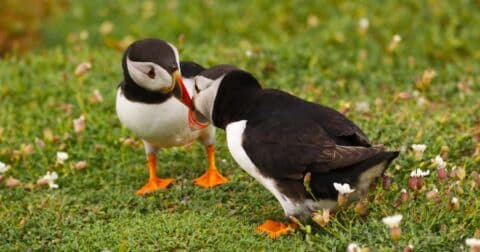

Words by Seth Millstein
In the animal kingdom, a certain kind of liberation rules the day. Our own human proclivities notwithstanding, romantic exclusivity is extremely rare in the natural world, and sexual exclusivity is even rarer. The nature of sex varies wildly from species to species — but are any animals truly monogamous?
Some animals pair bond for life, but that tendency is often conflated by human researchers as being the same thing as monogamy. In reality, even the majority of animals who pair bond for life are not sexually exclusive.
Many species’ sex lives are still a mystery to us, and the term “monogamy” can mean a few different things. Add in the fact that different members of the same species can have very different mating practices, and the question of monogamy in the animal kingdom becomes a murky one.
Nevertheless, scientists have identified a number of species that practice monogamy — or at least, something very close to it. But before we look at them, we first have to address what monogamy looks like in non-human species.
Zoologists have described three primary forms of monogamy among animals, and there are further gradations within those subvarieties. Most are not mutually exclusive, though, and many species practice their own hybrid forms of monogamy.
Contrary to popular belief, monogamy in the animal kingdom is not the same as “mating for life;” after all, it’s entirely possible to mate with the same partner for life without practicing anything resembling monogamy.
This refers to sexual exclusivity. Two animals are sexually monogamous if they only have sex with each other. Of all the varieties listed here, sexual monogamy is the rarest in the animal kingdom.
Social monogamy is comparable to what we might call an “open relationship” in human society. It occurs when two animals form a strong social bond with one another and, in the broadest sense, move through life together as partners. Socially monogamous animals aren’t necessarily sexually exclusive, but they still cohabitate, raise offspring together, share food and perform various other activities in tandem or collaboration.
The duration of the pairing in a socially monogamous relationship varies from species to species. In some cases, they might last for most of the animals’ adult lives, while in others, they may only last for as long as a single breeding season.
Genetic monogamy is when two animals reproduce only with each other. Genetically monogamous species’ are often, but not always, socially monogamous as well.
As any human can tell you, the duration of monogamous relationships can vary as well. Among the species that practice one form of monogamy or another, some engage in serial monogamy, having several consecutive monogamous relationships throughout their lives. Others practice lifelong monogamy, like high school sweethearts who get married and spend the rest of their lives together.
Humans are often described as a monogamous species, but there are plenty of humans who choose not to be monogamous (and plenty of evidence that humans aren’t naturally monogamous at all). The same is true in the animal kingdom; even in species that are considered highly monogamous, there will be some individuals who buck the trend and chart their own paths.
Sometimes, an animal is monogamous by default rather than by choice, simply because they can’t find anybody else to mate with. This is common in areas with low population densities or limited resources, and it’s known as facultative monogamy. Members of these species might cease to be monogamous if their environments or circumstances change.
By contrast, some species are monogamous because both the mother and father are required to raise offspring. In these species, the parents will remain monogamous during the child-rearing period because they have to, and will continue to do so regardless of population density or resource availability. This is what’s called obligate monogamy.
There are many, many different reasons why a species might be monogamous, and in many cases, scientists haven’t the slightest idea what those reasons are. Having said that, there are some general reasons why a species might evolve to be monogamous, non-monogamous or something in between.
In the animal kingdom, monogamy of any kind is rare. Sexual monogamy is the least common form, while social and genetic monogamy are relatively more frequent. However, the nature and extent of monogamy in many species isn’t yet fully understood, and conventional wisdom around the topic is changing all of the time. There are still a great number of species whose mating habits are still largely a mystery to humans.
It should also be noted that animals get wandering eyes just like humans, and in some cases, ostensibly-monogamous animals will “cheat,” and mate with individuals outside of their partnership. As we’ll see, this can sometimes result in violence if the betrayed partner finds out.
With that said, let’s take a look at some animals who are, in some form or another, monogamous.
Atlantic puffins are amongst the most monogamous creatures in the animal kingdom. They’re socially, genetically and sexually monogamous, and will usually stay with the same mate for their entire lives. A female puffin lays one egg every year, and takes turns incubating it with her male companion. Interestingly, although both members of a puffin couple migrate thousands of miles every year, they do so separately, then both return to the same nest when breeding season returns.
Baby puffins are called pufflings. This has nothing to do with monogamy, but it is very cute.
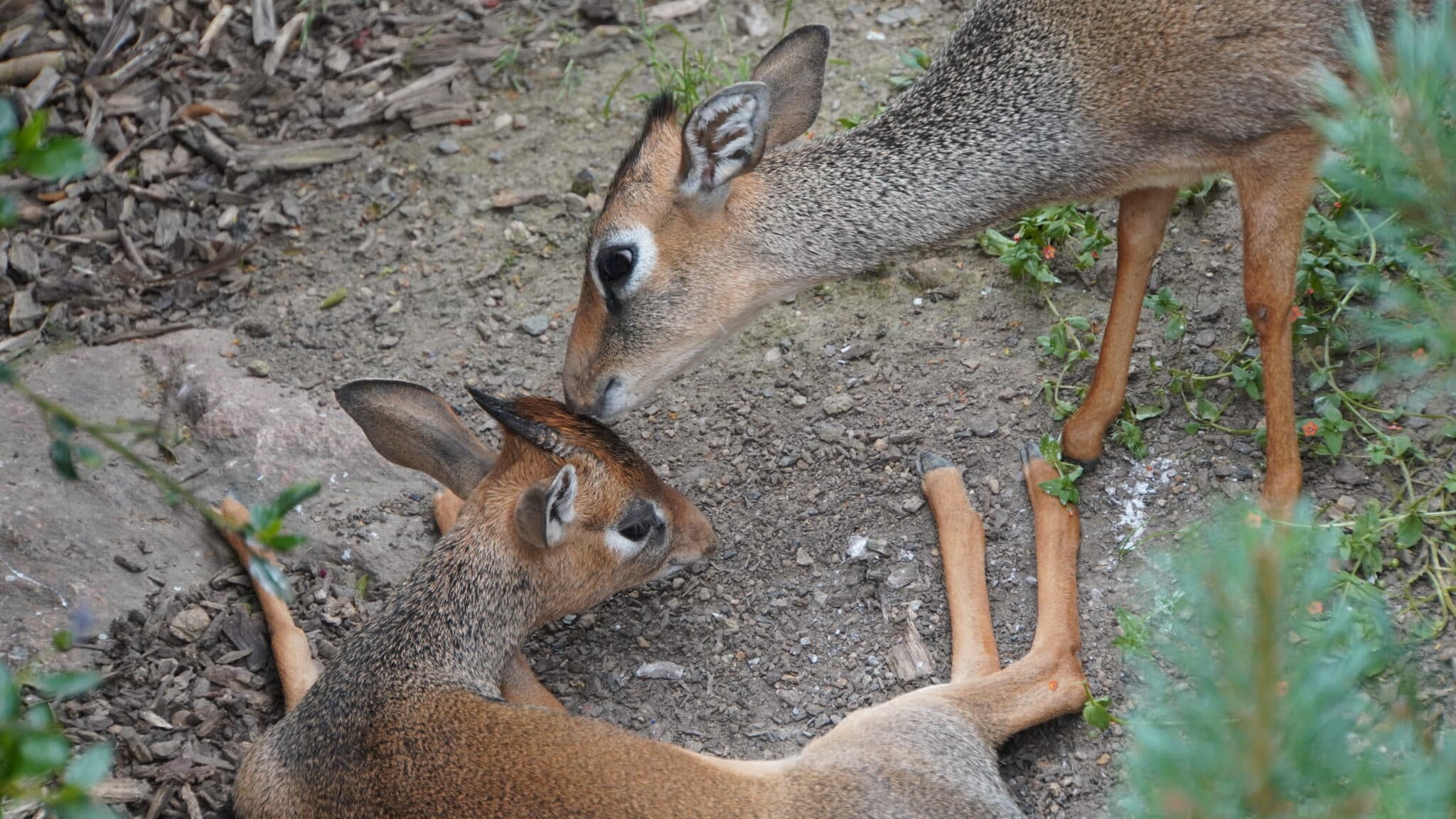
These dwarf antelopes are socially and genetically monogamous. There is some debate over whether or not dik-diks practice facultative monogamy; it’s long been believed that male dik-diks are monogamous due to low population density of female dik-diks, but some researchers have argued that it’s actually because the males are preoccupied with protecting their mates during child-rearing, which would effectively make dik-diks an obligately monogamous species.
The infamously flightless birds practice monogamy as well, but exactly which type of monogamy depends on the species. Macaroni penguins practice obligate social monogamy; couples co-parent their offspring together and in most cases, return to one another year after year. Emperor penguins, meanwhile, are serial monogamists; they’ll stay together after mating and work together to raise their offspring, but once their child has flown the coop, they’ll part ways and find somebody else to mate with next year.
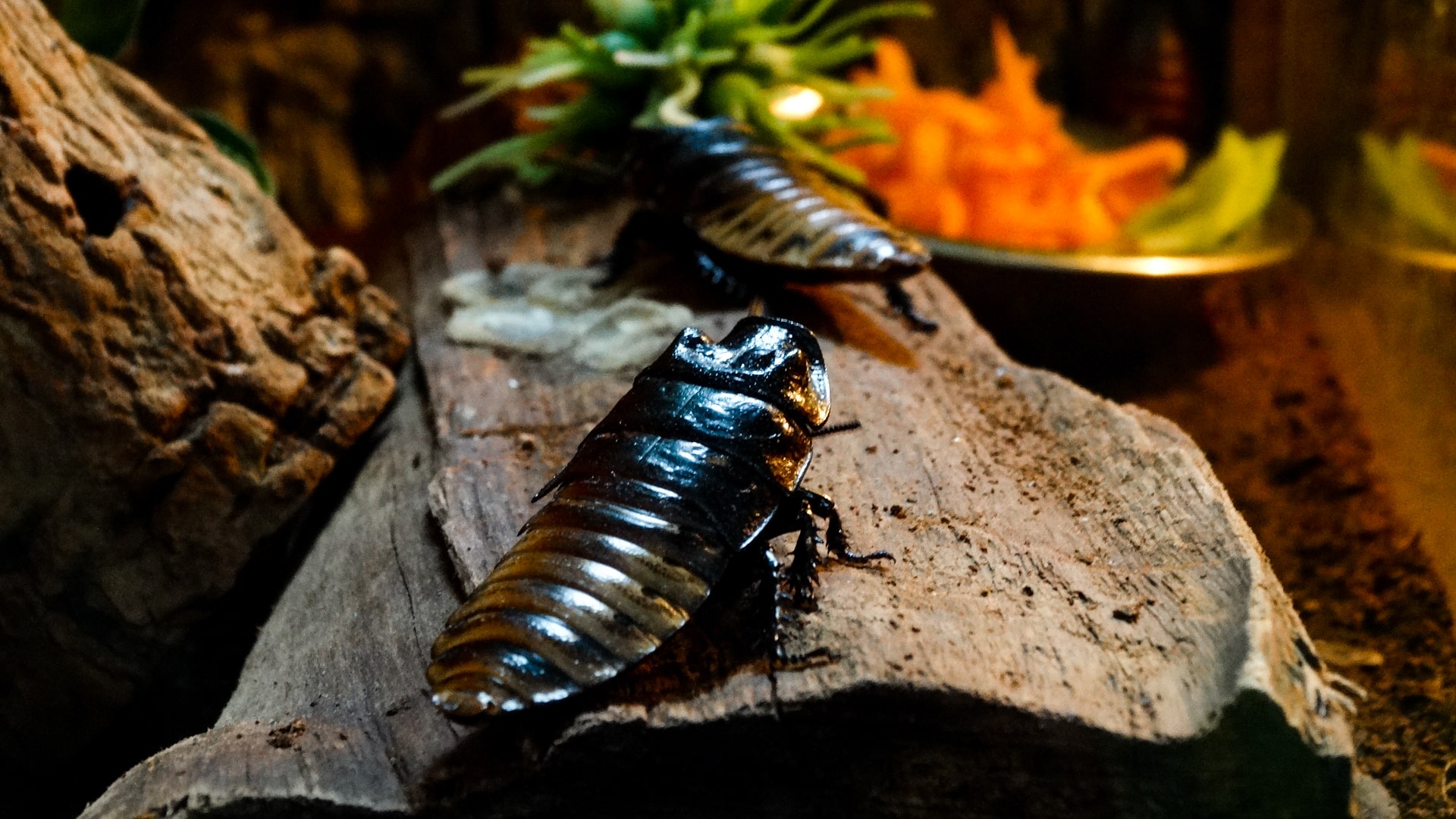
While cockroaches may not be the most romantic animal, the Salganea taiwanensis species is sexually, socially and genetically monogamous. The reason behind their monogamy is quite unique: After finding a mate, these roaches spend the rest of their lives residing in rotten wood, which gives them no opportunity to find any other mates. (This is also around the time they chew each others’ wings off, but that’s a story for another day).
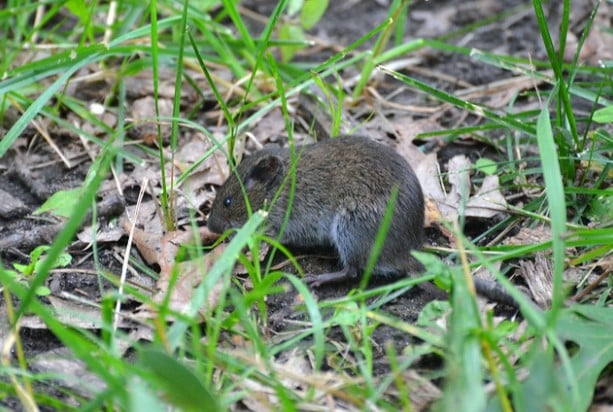
Prairie voles are a good example of a species in which the level of monogamy varies wildly from individual to individual. Research suggests that the majority of prairie voles are socially monogamous, and many are genetically and sexually monogamous as well. When given the option, a prairie vole will prefer to mate and cohabitate with their first sexual partner, and these pairings can last for their entire lives.
However, prairie vole colonies also include so-called “wandering males,” who aren’t monogamous and don’t play any role in raising any offspring that they sire, as well as communal groups of single voles that collectively raise offspring. In addition, the degree and nature of prairie voles’ monogamy differs from region to region, which serves to illustrate how much mating variation can exist within a single species.
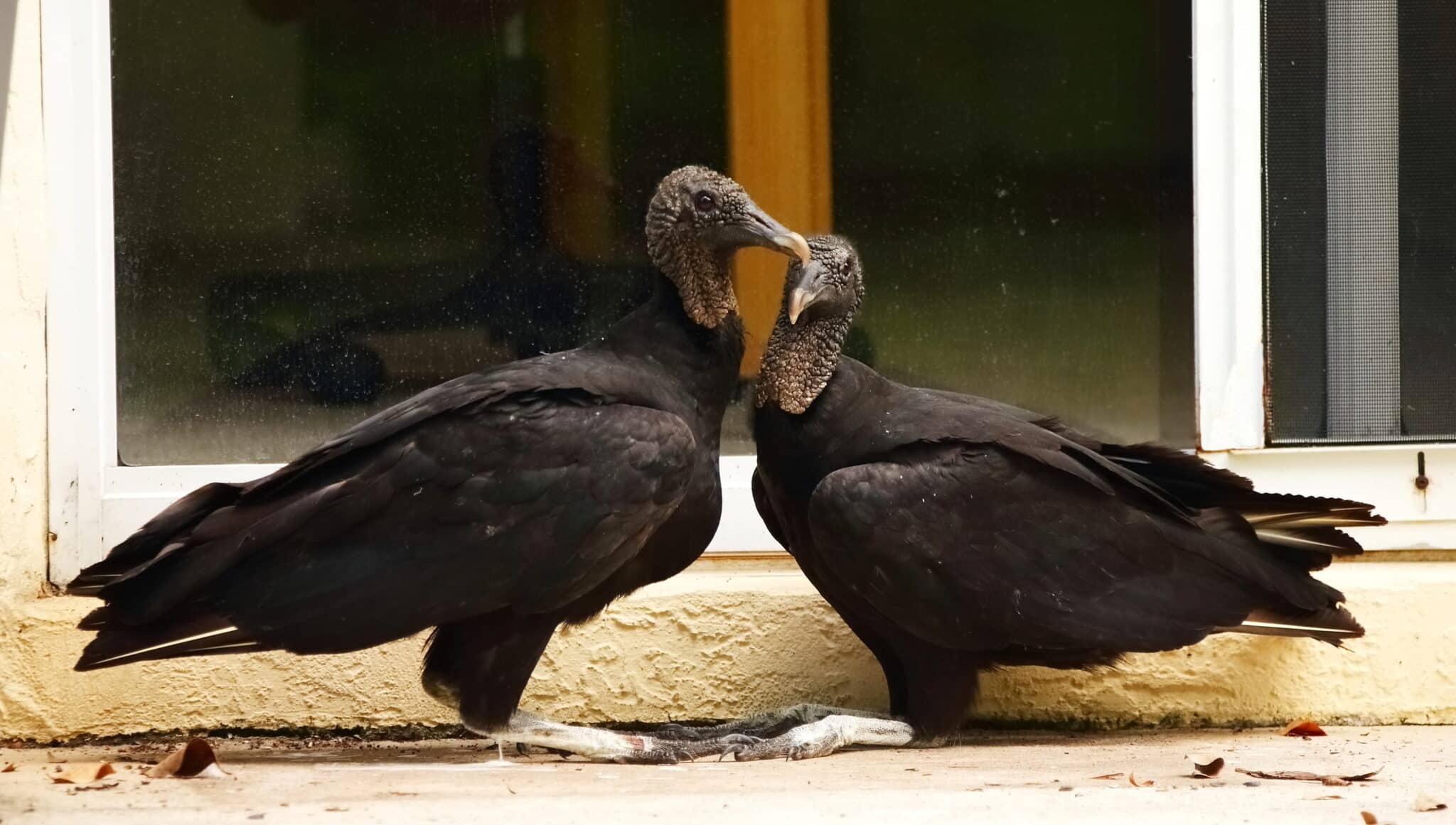
Another highly monogamous creature is the black vulture. Most are socially, genetically and sexually monogamous, and will often stay with the same partner for multiple breeding seasons. But this doesn’t mean they’re always faithful: sometimes, a black vulture in an existing partnership will mate with somebody else. When this happens, the unfaithful vulture will often be attacked by their original partner, should their original partner witness the philandering.
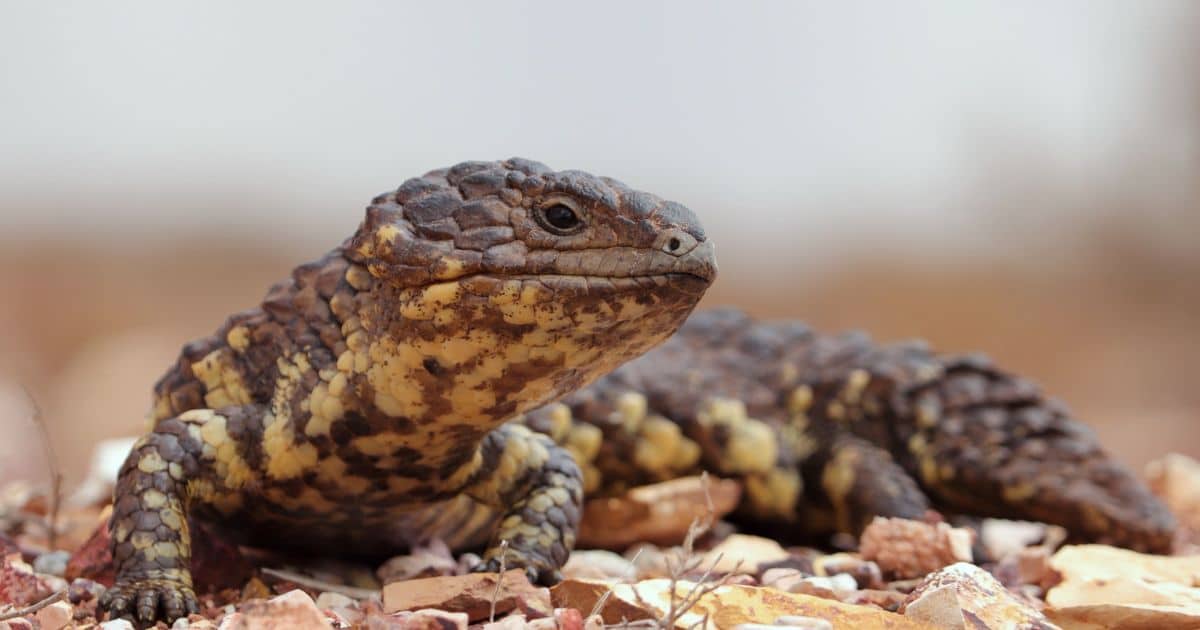
Most lizards are non-monogamous, but not the shingleback skink. Also known as bobtail lizards, these sausage-shaped creatures are socially monogamous, though not sexually monogamous, and couples will often stay together for decades or more. By contrast, the average American marriage lasts for eight years.
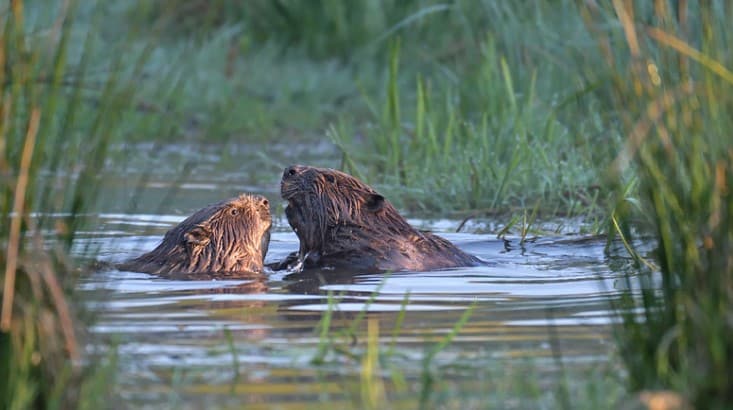
Very few mammals are monogamous, and even fewer practice obligate monogamy. Eurasian beavers are the exception. They are sexually, socially and genetically monogamous, and parents team up to care for their offspring. They mate every year, and children will stay with their parents for up to three years before venturing off on their own.
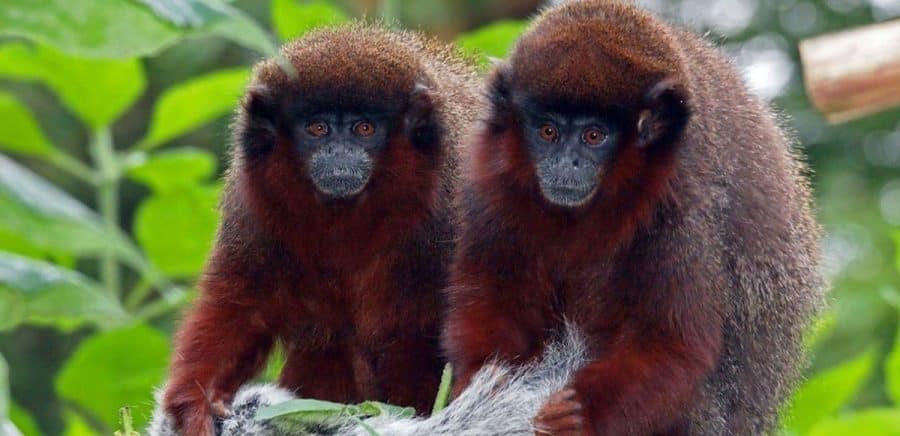
It’s estimated that only 3-5 percent of mammals practice any form of monogamy, but primates are an exception. A whole 29 percent of primates are socially monogamous, and the coppery titi monkey is one of them. They are socially monogamous and are highly, though not entirely, sexually monogamous as well. Pairs of coppery titi monkeys stay together for years as they raise their young, and although they’ll occasionally have extramarital dalliances, studies have shown that they exhibit signs of stress when separated from their primary partner.
Anglerfish provide one of the more bizarre forms of monogamy in the animal kingdom. The male is 10 times smaller than the female, and when he finds a mate, he’ll latch on to her with his jaws and begin impregnating her. Over time, his body will become permanently fused to hers, and he’ll provide her with sperm-on-demand for the rest of their lives, dangling alongside her like an appendage.
Often, multiple males will attach to the same female, so it wouldn’t be accurate to say that the female anglerfish is monogamous — though it would be accurate to say that she mates for life. But the male anglerfish is most definitely monogamous, and the outlandish nature of their arrangement perfectly illustrates the many, many different forms that monogamy can take in the animal kingdom.
In the animal kingdom, and in general, monogamy is complicated. But is it any more complicated than it is for humans? After all, we also practice many different combinations of sexual, social and genetic monogamy. Plenty of us aren’t monogamous, and just like animals, those of us that are sometimes fail to keep our commitments.
Perhaps the biggest takeaway is that when it comes to reproducing, there’s no one-size-fits-all model. It’s undeniable that survival and reproduction are what matter, and for some species, monogamy is the best way of achieving that.